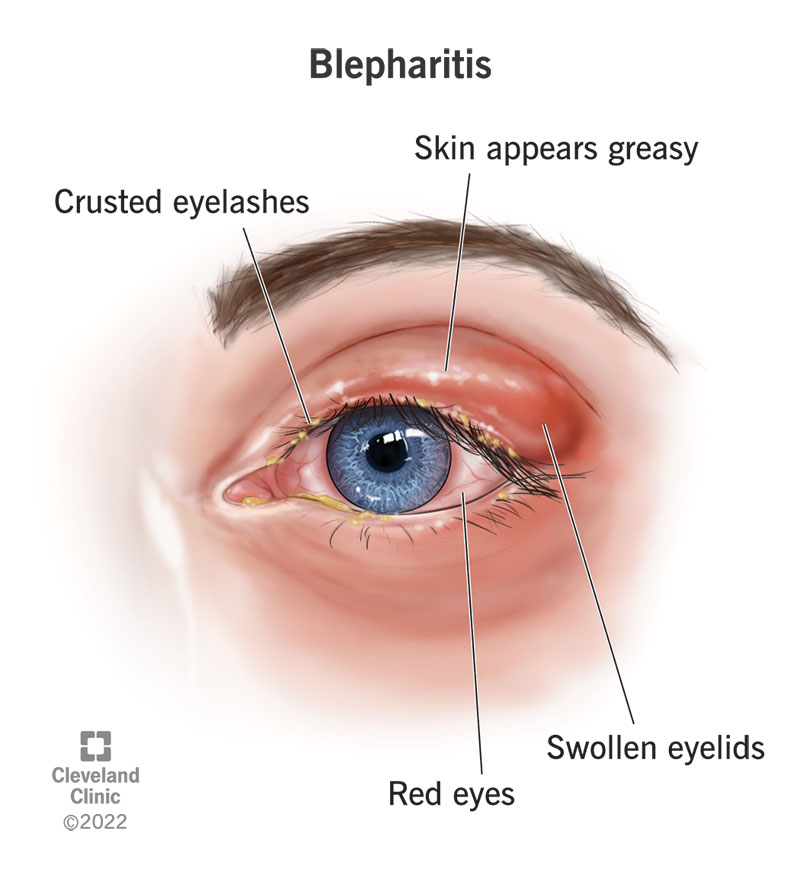All Categories
Featured
When it pertains to sun security, many people concentrate on securing their skin from damaging UV rays. Nonetheless, the results of UV radiation on your eyes are similarly crucial however often overlooked. Extended direct exposure to ultraviolet (UV) rays can lead to various eye conditions, several of which might result in long-term damages or vision loss. Whether you're outdoors on a bright beach or taking a walk on an overcast day, recognizing exactly how UV rays influence your eyes and finding out how to safeguard them is important for preserving healthy vision.
What Are UV Rays and How Do They Impact the Eyes? UV rays are a kind of invisible radiation released by the sunlight. There are three kinds of UV rays:
UVA Rays: These pass through deeply into the skin and eyes, adding to lasting damage. UVB Rays: These are more extreme and can trigger surface-level harm, such as sunburn or corneal damage. UVC Rays: These are the most dangerous but are taken in by the Planet's environment and rarely present a straight threat. Both UVA and UVB rays can harm numerous parts of the eye, consisting of the cornea, lens, and retina.
Short-Term Impacts of UV Exposure. Even a brief duration of extreme UV direct exposure can hurt your eyes. A typical problem arising from this is photokeratitis, often referred to as "sunburn of the eye." Symptoms include:
Painful or red eyes. Sensitivity to light. Excessive tearing. Short-lived blurred vision. Photokeratitis is typically temporary yet works as a pointer of the instant dangers of UV radiation.
Long-Term Results of UV Exposure. Collective UV exposure in time can lead to numerous serious eye problems, consisting of:

Cataracts: UV rays increase the development of cataracts, a condition where the lens of the eye becomes gloomy, bring about vision impairment. Cataracts are a leading source of loss of sight worldwide.
Macular Deterioration: The macula, a part of the retina in charge of main vision, can be harmed by long term UV direct exposure, raising the risk of age-related macular degeneration (AMD)
Pterygium: Usually called "surfer's eye," this problem includes a growth of cells on the white part of the eye, which can cross the cornea and harm vision.
Pinguecula: UV exposure can trigger yellowish places to create on the conjunctiva, leading to irritation and discomfort.
Skin Cancer Around the Eyes: The fragile skin surrounding the eyes is highly vulnerable to UV radiation, enhancing the danger of basic and squamous cell cancer.
Securing Your Eyes from UV Damage. Fortunately is that shielding your eyes from UV radiation is basic and reliable. Below are some essential pointers:
Use UV-Blocking Sunglasses. Pick sunglasses that block 100% of UVA and UVB rays. Try to find tags indicating "UV 400" protection. Wrap-around designs give additional insurance coverage, stopping UV rays from going into from the sides.
Utilize a Wide-Brimmed Hat. A hat with a vast border can block almost 50% of UV rays, supplying extra protection for your eyes and the delicate skin around them.
Stay Clear Of Optimal Sun Hours. UV rays are toughest in between 10 a.m. and 4 p.m. Reduce your exterior exposure throughout these hours, or guarantee you're adequately shielded if you require to be outside.
Shield Your Eyes Year-Round. UV rays are present year-round, also on gloomy or snowy days. Snow, sand, and water can reflect UV rays, heightening their effects. Make sunglasses a component of your daily routine, despite the season.
Take Into Consideration UV-Blocking Get In Touch With Lenses. Numerous get in touch with lenses currently provide UV security, which can be an additional safeguard when combined with sunglasses.
Encourage Eye Defense for Children. Children's eyes are more susceptible to UV damage due to the fact that their lenses are clearer, permitting more UV light to reach the retina. Ensure they put on sunglasses and hats when playing outdoors.
Arrange Regular Eye Examinations. Regular brows through to an eye care professional are important for monitoring your eye health. An eye doctor can discover very early indications of UV-related damages and suggest services, such as prescription sunglasses or UV-blocking glasses customized to your needs.
Conclusion. UV rays might be invisible, yet their impact on your eye health is extremely genuine. From short-lived discomfort to lasting problems like cataracts and macular deterioration, the risks of UV exposure are too substantial to disregard. By putting on UV-blocking sunglasses, restricting your exposure throughout top hours, and scheduling routine eye examinations, you can safeguard your vision and take pleasure in the outdoors safely. Keep in mind, your eyes are one of your most beneficial assets-- take the essential actions to secure them from damaging UV rays today.
Latest Posts
Enhance Roof Durability with Professional Coatings - Expert Roofing Services by Weathercraft GC.
Chain Link Fencing for Homes & Businesses - Idaho Fence Experts.
Dependable Auto Repair and Maintenance at Montclare
More
Latest Posts
Enhance Roof Durability with Professional Coatings - Expert Roofing Services by Weathercraft GC.
Chain Link Fencing for Homes & Businesses - Idaho Fence Experts.
Dependable Auto Repair and Maintenance at Montclare